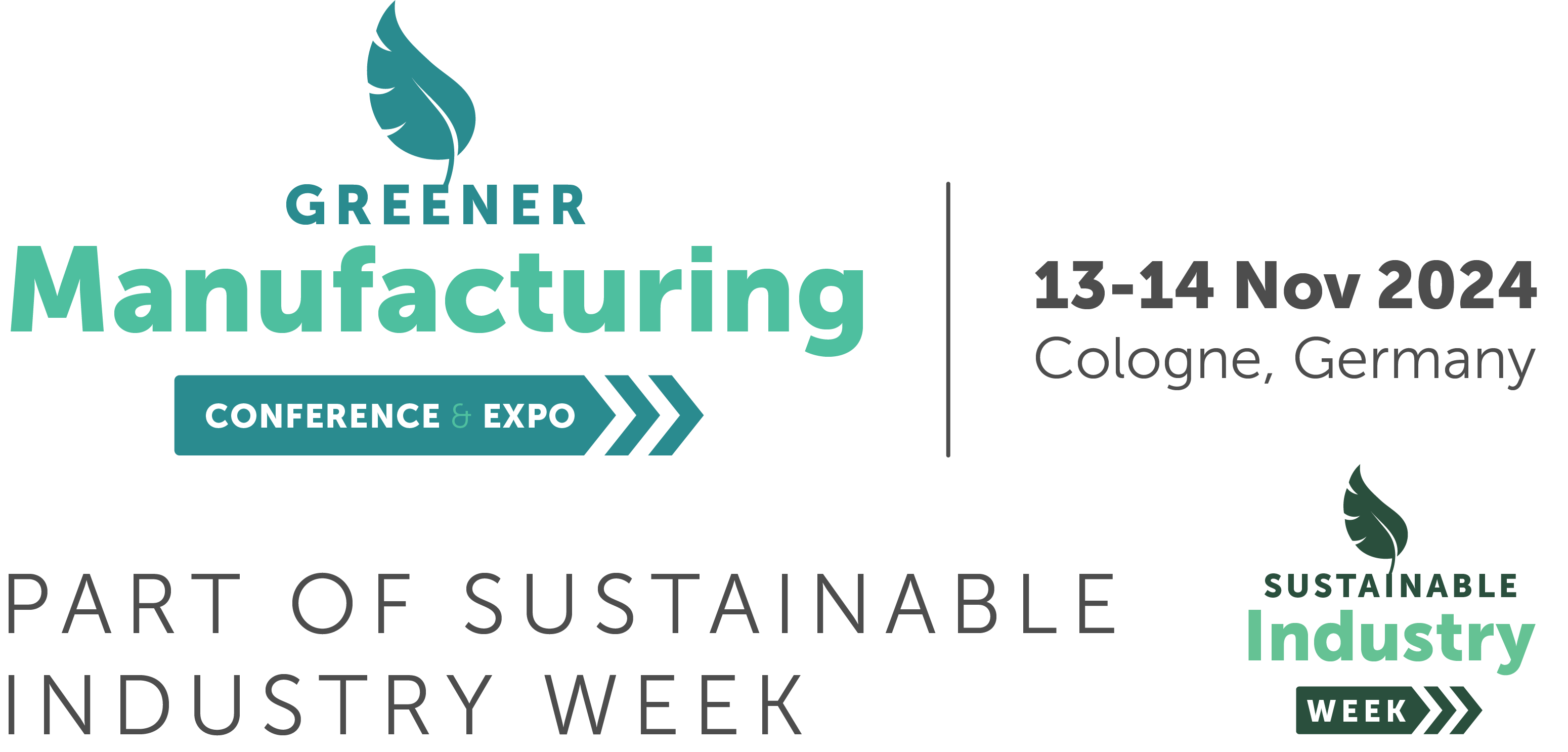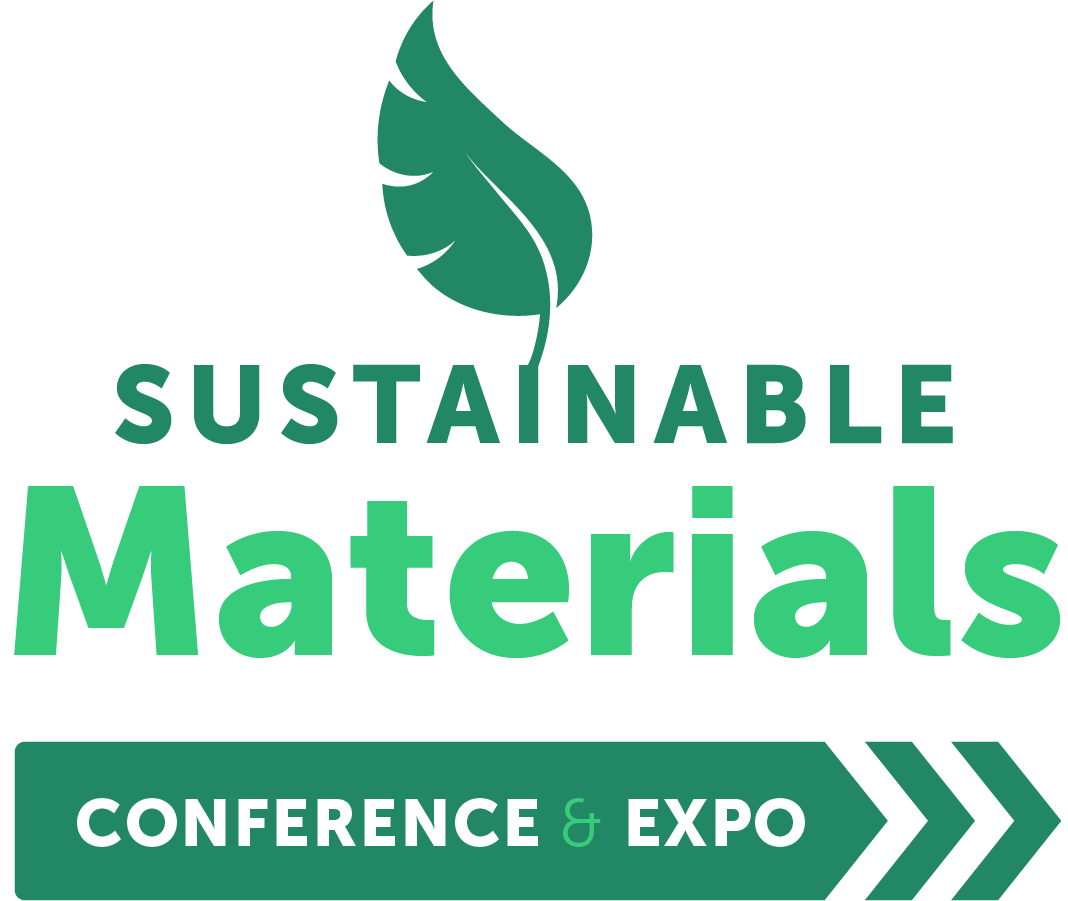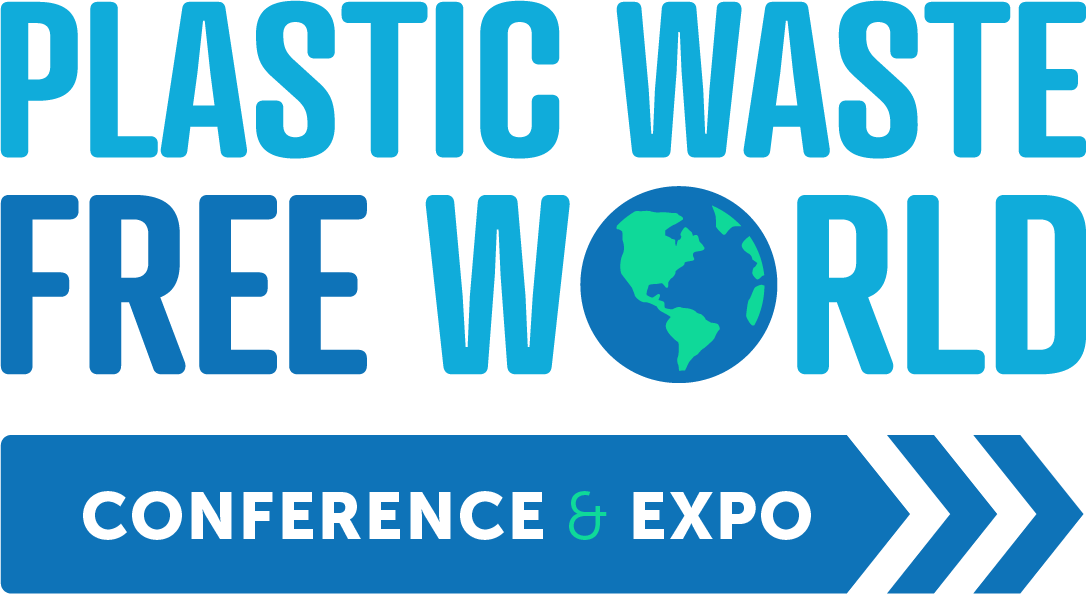A new and innovative sustainable materials and additives portfolio has been launched by UBQ
)
UBQ Materials is an Israel-based company, who has recently announced a large expansion to its original portfolio. This expansion will change its standard material replacement into three separate bio-based material replacements, plus two additives.
The original portfolio consisted of a singular kind of simple standard replacement material, called UBQ. Now through the expansion, a new portfolio has been created, with the intention to ‘resolve performance challenges commonly encountered when integrating sustainable materials’. This update portfolio includes three bio-based material replacements, instead of just a standard one, as well as two new additives. These three bio-based material replacements include UBQ ClimaPos, UBQ Q Series and finally, UBQ Industrial. Each one has applications in consumer durables, automotive, construction and logistics. For example, the UBQ ClimaPos has the ability to be used in plant pots, pet carriers, window profiles, plus transport boxes. UBQ has stated that one of the largest benefits of this adapted and improves material is that is has a ‘very low’ carbon footprint during production and application. This low carbon footprint means this new material can significantly aid the consumer in meeting their sustainability goals.
UBQ use a patented closed-loop process to manufacture their products, which means their manufacturing process, as well as their products, are very green and eco-friendly as well. The process operates through taking waste, such as food waste, cardboard, paper, mixed plastics, plus dirty nappies, and converting them into a sustainable raw material. This raw material can then be applied to the creation of everyday goods that will then be available to multiple different industries.
This innovative system works through breaking down the heterogenous waste streams into their basic natural components. The next step is to reconstitute them and make them into a new kind of material. In many processes so far, 70-80% of the feedstock has been completely broken down into its particulate constructs, these include materials such as lignin, cellulose, fibres and sugars. Once broken down, the individual materials are then reassembled and turned into a new kind of material. The 20-30% of the feedstock, which is not broken down entirely, consists of mixed plastics which melt and bond their way into the new material. This results in a highly recyclable thermoplastic material, which is an innovative breakthrough and much better for the environment.
This process can be taken further, as each material presents the opportunity for it be combines with additional modifiers or enhances, which help it achieve the required properties. The additives the company use to enable this are UBQ Nclozur, which helps odour mitigation, or UBQ Impact, which can be used for blending a range of polymer matrices, until they meet the desired performance requirement. As these products are enhancers to the material, UBQ only sell as additives to their main portfolio of materials.
Making this portfolio expansion possible, in September of 2023, UBQ raised $70 million through a founding round and this money was effectively used to support the company in their expansion.
Chief Operations Officer and Chief Innovation Officer of UBQ Materials, Gil Felus, commented, "For years, we have worked with our customers through trials and application development. We’ve developed this portfolio to streamline the journey towards circular manufacturing practices. With this, sustainability to profitability becomes a simple equation.”





